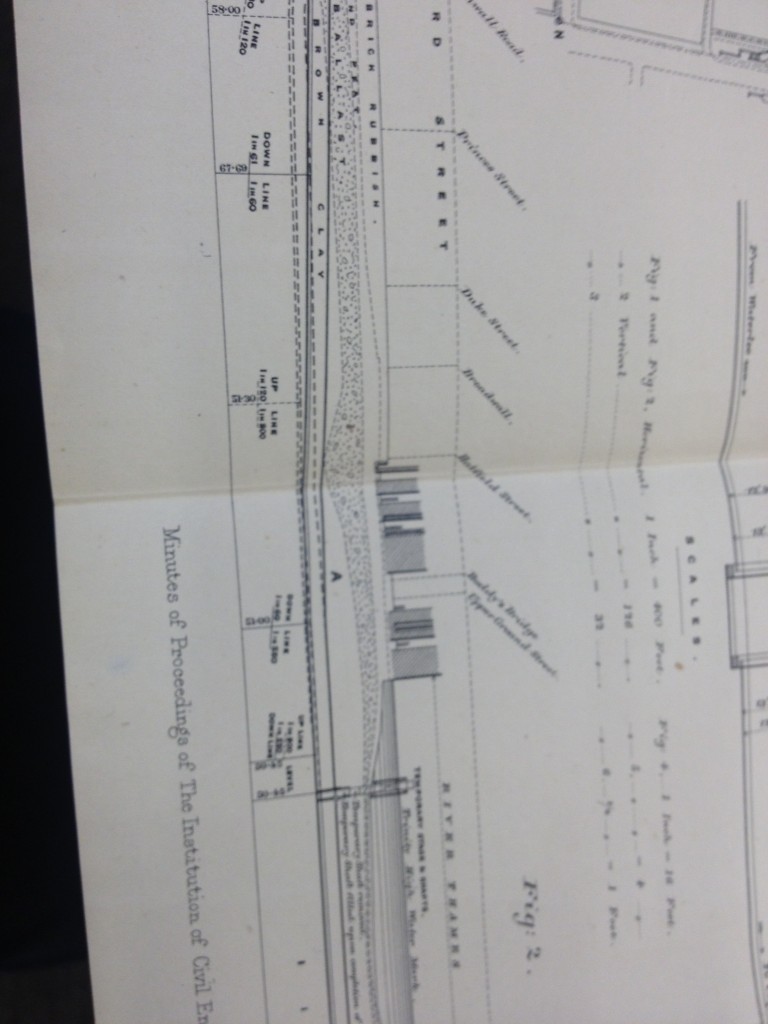The Myers-Briggs Type Indicator assessment is a special sort of scientific test used mainly by people in HR who don’t know anything about science. It’s a bit like horoscopes but with more boxes to tick: you fill in a questionnaire and it tells you about your unique personality that means you think about things, or perhaps have feelings.
For example, one Myers-Briggs Type is ESFP: Extraverted, Sensing, Feeling, Perceiving. (The opposite would be INTJ: Introverted, Intuition, Thinking, Judgement). According to various cheap-looking websites, an ESFP is a performer, someone who loves to be in the centre of attention, who is practical, and lives in the moment. Famous ESFPs supposedly include Bill Clinton, Marilyn Monroe, that dead crocodile hunter, and the Waterloo & City Line.
You might think that Waterloo & City Line couldn’t even have a Myers-Briggs Type, being a tunnel in London with some trains in it, but you’d be wrong. Whilst the normal way to establish a Myers-Briggs Type is get someone to fill in a questionnaire, it’s apparently possible to use a sample of text to analyse the personality of the author. And while the Waterloo & City Line didn’t have much to say for most of its 115 year history, for the last couple of years, it, and all the other London Underground lines, have been tweeting. So I used samples of each line’s tweets to discover what kinds of personalities they have.
| Bakerloo Line | ESTJ |
| Central Line | ESTJ |
| Circle Line | ESTP |
| District Line | ESTJ |
| Hammersmith & City Line | ESTP |
| Jubilee Line | ESTJ |
| Metropolitan Line | ESTP |
| Northern Line | ESTJ |
| Piccadilly Line | ESTP |
| Victoria Line | ESTJ |
| Waterloo & City Line | ESFP |
The poor old Waterloo & City Line is the odd line out, every other line is either ESTJ (The Doer) or ESTP (The Guardian).nnMaybe there is something to all this Myers-Briggs stuff, because I took a look at how often the different lines talk to (or at least, mention) each other on Twitter:

The Waterloo & City Line is by far the least popular. The other lines just aren’t interested in it. But why is it so different?
The line opened in 1898, built by the London and South Western Railway because commuters discovered that after going to all the effort of getting to London, it was a bit of a pain in the arse to get to where they actually worked in the City. It’s the only London Underground line that’s completely underground (taking trains on and off the line used to be done using a hydraulic lift, nowadays they use a crane), but for a long time it wasn’t really a London Underground line at all. It doesn’t even appear on Harry Beck’s 1933 tube map, despite pre-dating it by over 30 years.
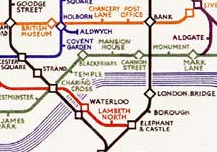
That it opened as an independent railway line isn’t unusual among the older London Underground Lines, but what is unusual is that it was still operated by Network SouthEast as a National Rail line until 1994, when it was decided to correct the anomaly before rail privatisation took place (for arcane contractual reasons London Underground bought it for a pound).
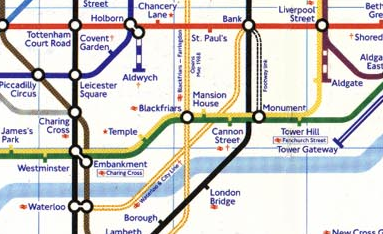
Once integrated into the tube network proper the line was given the exciting colour of turquoise, all the good colours having already been used up. At least it’s better than what the Jubilee Line has been known to claim is “silver”. Chinny reckon.
So maybe that long isolation from the “proper” underground lines has taken its toll, marked the Waterloo & City out as different. The sad thing is, it seems like it’s trying to be chatty and approachable; while it is the line that tweets the least, if we look at how much each line tweets given the number of stations on it, or the total line length, the Waterloo & City has them all beat hands down. It’s also the least egotistical line, mentioning itself less than any of the others.
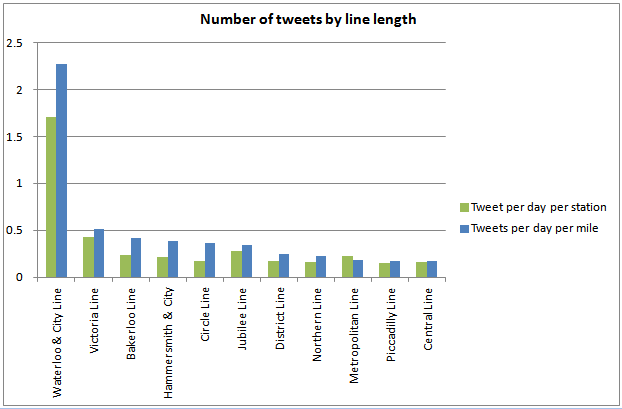


If we look at the words it uses the most, we can see while it’s pretty work-focussed, it is a fan of Easter and the Paralympics.

Perhaps it’s the case that we can’t learn absolutely everything about a thing by analysing its Twitter account. Perhaps. So I took my 2nd ever trip on the Waterloo & City Line, making the journey in the order the name suggests. That I’ve only used it twice in 10 years might not be not that uncommon, as trips on it account for less than 1% of Underground journeys.
But for what it is, it’s hard to fault: at around 9 minutes (including getting to the platforms) it’s still the fastest way of making the journey between Waterloo & Bank, if you don’t fancy cycling really fast or taking a helicopter.
The simple route maps could almost be a very dry joke.

The line’s name was even more descriptive when it was opened, as until 1940 the terminus in the City was actually called City.
For some reason every single advert displayed in the carriage was for a special brand of Beats by Dre headphones aimed at executives. Not even one for that hair clinic.

Because I’ve opted out of the system of “having a job/any money/not sometimes idly wondering what the best sort of cardboard box to sleep in might be” I took my trip on a weekday afternoon and got a carriage to myself, which is good because people might have thought I was a bit of a weirdo for attempting to enjoy the ambience/taking photos of Beats by Dr Dre adverts.
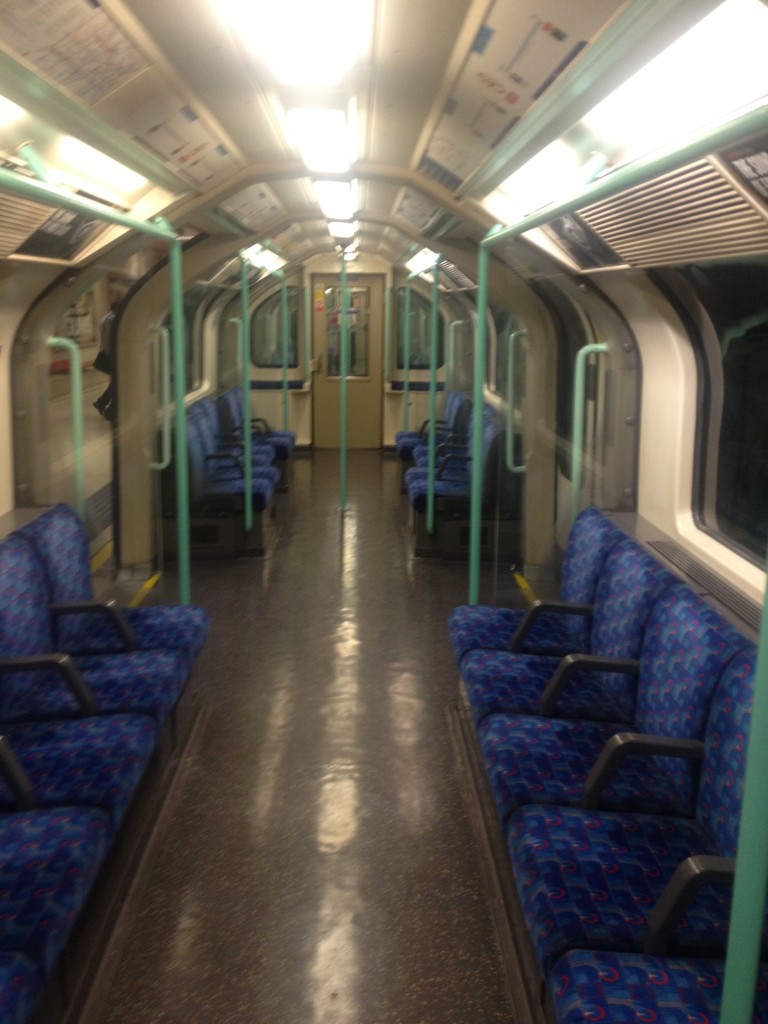
At the other end I walked up what as far as I can tell is the tunnel that gave the line the nickname “The Drain”. I have never heard anyone actually call the Waterloo & City Line “The Drain” but it says they do in about 4 different books so it must be true. Anyway, I guess this tunnel is a bit like a drain, if drains had lights and steps? I’m not going to call the Waterloo & City Line “The Drain”.
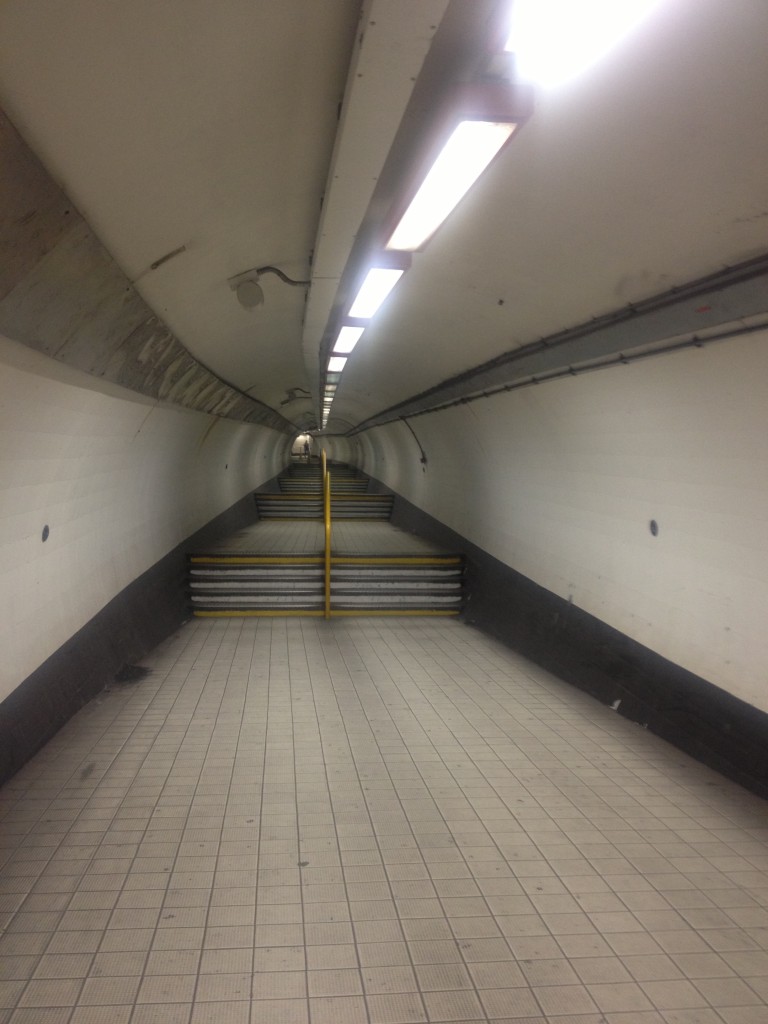
To be honest, I didn’t learn anything interesting about the Waterloo & City Line from this journey. And those tweets are probably just written by someone in an office. None of this amounts to anything more than a desperate attempt to find meaning in the void. Which is a bit like a Myers-Brigg Type Indicator test, if you think about it. If you think about it a bit more it isn’t that much like it, but there you go.nnIf you want to travel on the Waterloo & City Line, in exciting news from September 16th it will run until midnight every day except Sunday, on which it will still be closed for the blessing of the trains.
If you want to build your own Waterloo & City Line, there’s a book in Guildhall Library which is mostly really boring minutes from engineering committee meetings but does have some exciting fold-out diagrams.
